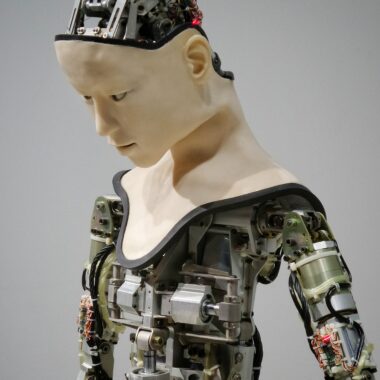| IP Legal Services www. ipprocure.com E-mail:ash@ipprocurement.com Tel: 1-866-387-5386 |
| INTRODUCTION TO PATENTS |
|
The rights of an inventor to use, manufacture, sell and license an invention is likely to be under constant interference from others copying the invention or idea unless legal protection has been obtained. The best way to legally protect an invention or idea is to “patent” it. A patent will prevent others replicating the invention or idea for a set period of time. In the United States, this period is for twenty years from the earliest claimed filing date. During this period, the patentee has the exclusive right to use, manufacture, sell and license the invention or idea. Obtaining a patent, however, is a complex process and although this book simplifies the process to a large extent, it is always recommended that a patent attorney or patent agent be retained to draft and prosecute the patent application. This book will provide the reader with a fair idea on how to conduct a patent search, draft a patent application, prosecute a patent application, file an appeal and to deal with patent infringement. The first chapter provides a basic overview of commonly used terms and expressions in this field and a brief foundation and growth of patent law in the United States.
|
|
Common Terms and Definitions
|
|
|
U.S Patent Law and its Development
|
|
Before the first federal enactment on patents in 1790, most states had their own patent laws. In order to make patent law a federal matter, the provision, “Congress shall have power … to promote the progress of science and useful arts by securing for limited times to authors and inventors the exclusive right to their respective writings and discoveries” was drafted into the U.S. Constitution. The first Patent Act titled, “An Act to Promote the Progress of Useful Arts” was enacted in 1790. Under this Act, patents were granted for a term of 14 years. The main requirement for an application under this Act was a specification that described the invention. The first U.S patent number X000001 was granted in 1790.
|
|
In the time of Thomas Jefferson, this Act was repealed and replaced by the Patent Act of 1973. Unlike the previous Act, a description was required to be filed along with a specification of the invention. Only citizens of the United States could have granted patents according to this Act. In 1800, the Act was further amended to include foreigners, resident in the United States for two years to apply for patents. They were required however, to take an oath that to the best of their knowledge the invention was not used in the United States or abroad.
|
|




